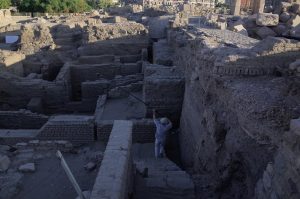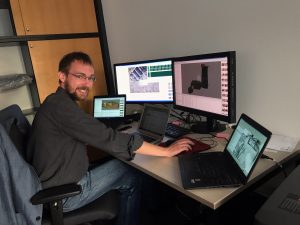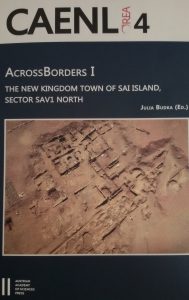The last excavations of the Swiss Institute Cairo in House 55 on Elephantine will start tomorrow – fieldwork is almost finished and during the last 10 days, Martin Fera and Seta Stuhec produced for AcrossBorders a complete photogrammetric documentation. An image based 3D model will soon be available, allowing a better illustration of the complex situation within the buildings with its multiple installations and various rooms.
The focus of the 2017 season is again on ceramics, small finds and other objects. Daniela and Lucia are busy documenting objects, Oliver is producing pottery drawings and I am processing the remaining ceramic assemblages from the 46th season on Elephantine (fall 2016 and spring 2017). The focus of all of us is on the early phases of use of House 55. I am currently busy with very interesting material from the long corridor in the entrance area of the building – the amount of Nubian pottery is extremely high and raises various questions. Besides typical Pan grave style cooking pots there is also Kerma Black Topped fine ware present as well as Nubian storage vessels.
3 more busy weeks ahead of us and the final season of work at House 55 looks very promising so far!






